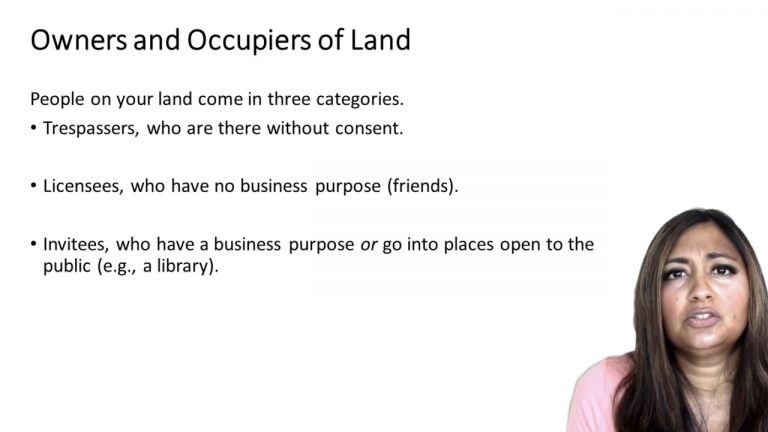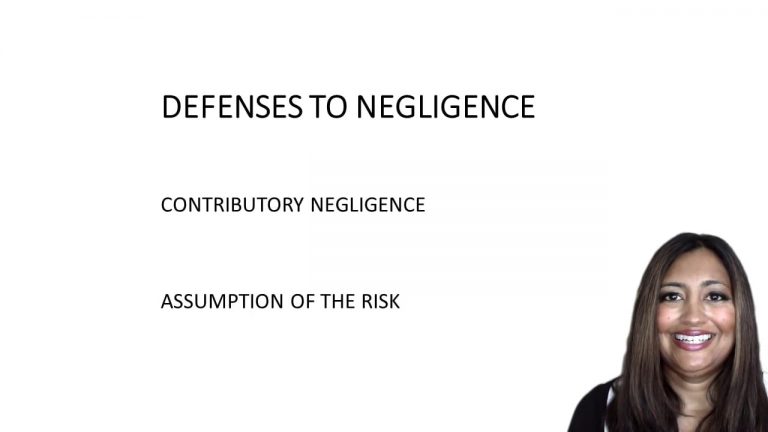SmartBrief
Confirm favorite deletion?
Torts Keyed to Dobbs
Kentucky River Medical Center v. McIntosh
Citation:
319 S.W.3d 385 (Ky. 2010)Facts
The Plaintiff, McIntosh, was a trained and licensed paramedic. The Plaintiff was transporting a critically ill patient to a hospital owned by the Defendant, Kentucky River Medical Center. The Plaintiff and two other EMTs arrived at the ambulance dock and guided the patient to the emergency room entrance.
Right outside the entrance was a flat surface about eleven feet wide to allow stretchers to be wheeled directly from the ambulance dock into the emergency room. This flat area rose on both sides to form a curb. The curb was unmarked, unprotected, and essentially looked like a wide curb ramp used for wheelchair access, except for the fact the ramp part is flat rather than at an incline. In her experience, the Plaintiff had transported around 400 patients to this emergency room entrance and curb before without any incident. However, this particular time, the Plaintiff tripped, falling over the curb and suffering a fractured hip and sprained wrist. The Plaintiff sued the Defendant alleging the curb was an unreasonably dangerous condition which caused her injuries.
The Defendant’s attention was not focused on the curb when she was moving towards the entrance, but was instead on the critically ill patient. The Plaintiff testified that when transporting patients, she was under a duty as a paramedic to remain focused on the patient’s health and to ensure his intravenous liens do not get caught in the wheel of the stretcher. EMTs however, have the duty to physically push the patient from the ambulance to the doors. One of the patient’s family members testified that the Plaintiff was entirely focused on the patient as he was being pushed towards the entrance.
Additionally, evidence was offered showing that having such a tripping hazard at an emergency room entrance like this one is very rare, if not unique. The Plaintiff testified that none of the nearby other hospitals she has transported patients to have any uneven surfaces between the docks and doors such as this one. An EMT also testified that the Defendant’s hospital was the only one that had a ledge or curb near the emergency room entrance.
Only StudyBuddy Pro offers the complete Case Brief Anatomy*
Access the most important case brief elements for optimal case understanding.
*Case Brief Anatomy includes: Brief Prologue, Complete Case Brief, Brief Epilogue
- The Brief Prologue provides necessary case brief introductory information and includes:
Topic:
Identifies the topic of law and where this case fits within your course outline.Parties:
Identifies the cast of characters involved in the case.Procedural Posture & History:
Shares the case history with how lower courts have ruled on the matter.Case Key Terms, Acts, Doctrines, etc.:
A case specific Legal Term Dictionary.Case Doctrines, Acts, Statutes, Amendments and Treatises:
Identifies and Defines Legal Authority used in this case.
- The Case Brief is the complete case summarized and authored in the traditional Law School I.R.A.C. format. The Pro case brief includes:
Brief Facts:
A Synopsis of the Facts of the case.Rule of Law:
Identifies the Legal Principle the Court used in deciding the case.Facts:
What are the factual circumstances that gave rise to the civil or criminal case? What is the relationship of the Parties that are involved in the case.Issue(s):
Lists the Questions of Law that are raised by the Facts of the case.Holding:
Shares the Court's answer to the legal questions raised in the issue.Concurring / Dissenting Opinions:
Includes valuable concurring or dissenting opinions and their key points.Reasoning and Analysis:
Identifies the chain of argument(s) which led the judges to rule as they did.
- The Brief Prologue closes the case brief with important forward-looking discussion and includes:
Policy:
Identifies the Policy if any that has been established by the case.Court Direction:
Shares where the Court went from here for this case.
Topic Resources
Topic Videos
 22m 44s
22m 44s 2m 18s
2m 18sTopic Outline
Topic Charts & Notes

